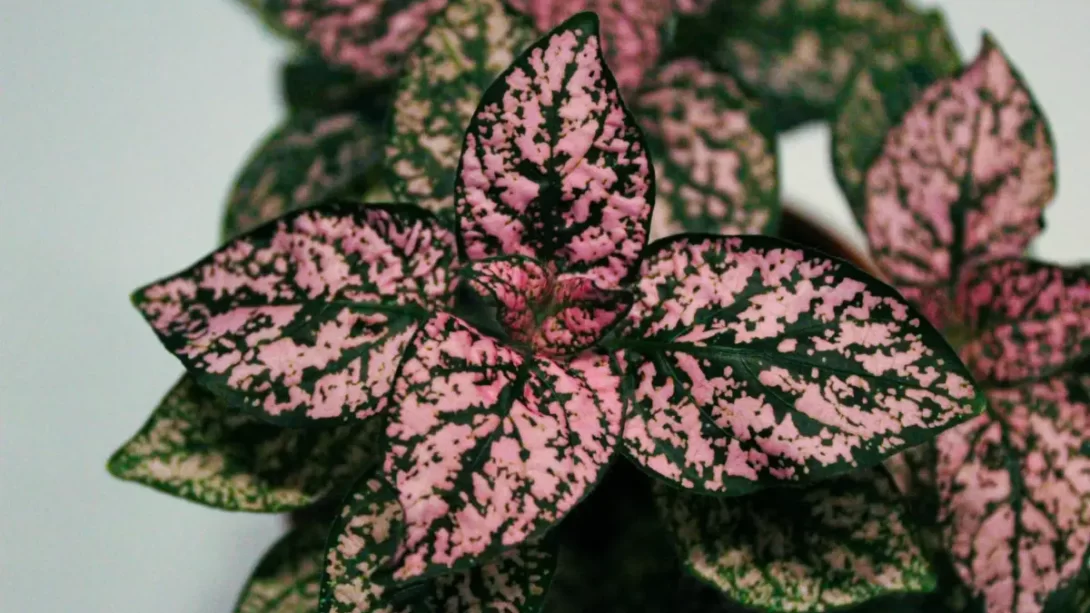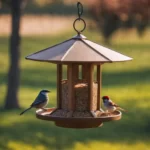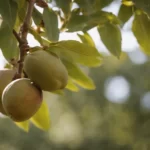The polka dot plant (Hypoestes phyllostachya) is a popular houseplant, cherished for its vibrant and patterned foliage. For cat owners, an essential question often arises: Are these attractive plants safe for my pet? This article aims to address this concern by examining the toxicity of polka dot plants to cats.
Overview of Polka Dot Plants
Polka dot plants are known for their unique appearance, featuring leaves spotted with shades of pink, red, white, or purple. These plants are often chosen to add a splash of color to indoor environments. They come in several varieties, each with its own distinct pattern and coloration. Originating from Madagascar, polka dot plants have adapted well to indoor conditions, making them a favorite among houseplant enthusiasts.
General Concerns About Houseplants and Pets
Houseplants can significantly enhance home environments, but it’s crucial for pet owners to consider their pets’ safety. Cats, known for their curiosity, may chew on plants, leading to potential health risks if the plants are toxic. Symptoms of plant toxicity in cats can range from mild irritation to more severe health issues, depending on the plant and the amount ingested.
Toxicity Profile of Polka Dot Plants
The polka dot plant is classified as non-toxic to cats by the American Society for the Prevention of Cruelty to Animals (ASPCA). However, it’s important to note that non-toxic does not mean completely harmless. While these plants do not contain any known toxic compounds that pose serious risks to cats, ingestion can still cause mild gastrointestinal discomfort in some cases. The absence of severe toxins in polka dot plants makes them a relatively safer choice for households with cats, compared to many other houseplants.
Recognizing Signs of Toxicity in Cats
While polka dot plants are not considered highly toxic, it’s still important for cat owners to be vigilant. If a cat ingests part of a plant, they may exhibit symptoms such as vomiting, diarrhea, drooling, or loss of appetite. In some cases, cats may show signs of oral irritation, like pawing at the mouth or excessive drooling. It’s crucial to monitor your cat for any unusual behavior or symptoms after they have been in contact with houseplants.
Prompt veterinary care is vital if you suspect your cat has ingested a potentially harmful plant. Even non-toxic plants can cause gastrointestinal upset or an allergic reaction in some cats. Therefore, a consultation with a veterinarian is recommended to ensure the health and safety of your pet.
Safe Practices for Growing Polka Dot Plants in a Home with Cats
To ensure a harmonious coexistence between your polka dot plants and your feline friends, consider the following tips:
- Elevate Your Plants: Keep polka dot plants out of reach by placing them on high shelves or hanging baskets.
- Use Plant Cages: Protective cages around your plants can prevent curious cats from accessing them.
- Provide Cat-Friendly Alternatives: Offer your cat safe alternatives like cat grass or catnip to divert their attention from your houseplants.
- Train Your Cat: Discourage your cat from nibbling on plants through gentle training and by providing plenty of engaging toys.
By adopting these practices, you can enjoy the beauty of polka dot plants without compromising the safety of your cats.
What to Do If a Cat Ingests Part of a Polka Dot Plant
In the event that your cat ingests any part of a polka dot plant, it’s crucial to act swiftly and calmly. Follow these steps to ensure the well-being of your pet:
- Remove Plant Material: Gently remove any remaining plant pieces from your cat’s mouth to prevent further ingestion.
- Observe Your Cat’s Behavior: Watch for any signs of distress or discomfort, such as vomiting, diarrhea, or excessive salivation.
- Consult a Veterinarian: Even if the symptoms seem mild, it’s prudent to contact your veterinarian for advice. They may recommend monitoring your cat at home or bringing them in for a check-up.
- Provide Information to Your Vet: Be ready to inform the veterinarian about the amount and part of the plant your cat consumed. This information can help in assessing the situation more accurately.
Prevention and Awareness
Preventing your cat from ingesting houseplants is key to avoiding any potential health issues. Regularly check your plants for signs of nibbling and reinforce preventive measures if necessary. Educating yourself and your family about which plants are safe and which are potentially harmful can go a long way in protecting your pets.
Conclusion
Polka dot plants are generally considered safe for cats, lacking toxins that cause serious harm. However, ingestion can still lead to mild discomfort. By understanding the potential risks and implementing preventive measures, cat owners can maintain a safe and enjoyable living space for their pets. Remember, the safety of your pets is paramount, and when in doubt, always consult with a veterinarian. With the right knowledge and precautions, you can enjoy the beauty of polka dot plants while keeping your feline friends safe and healthy.




